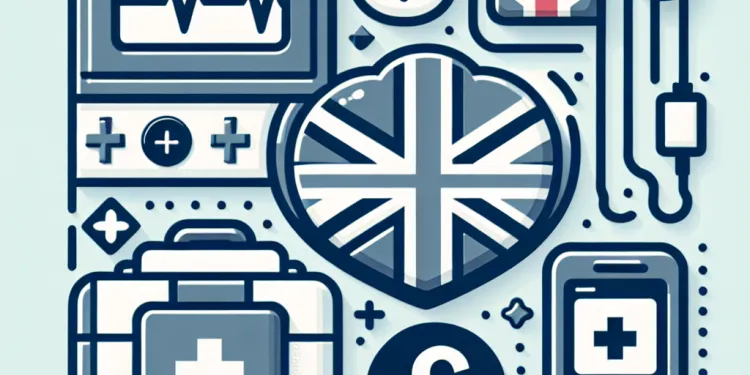
Find Help
More Items From Ergsy search
-
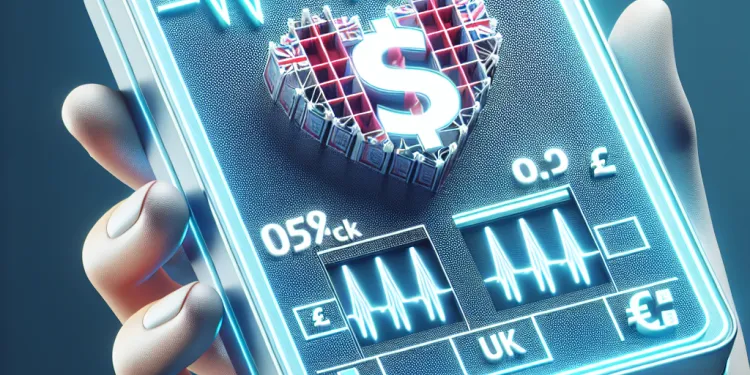
What is a defibrillator?
Relevance: 100%
-

How effective are defibrillators?
Relevance: 95%
-

What is the role of a defibrillator in CPR?
Relevance: 92%
-
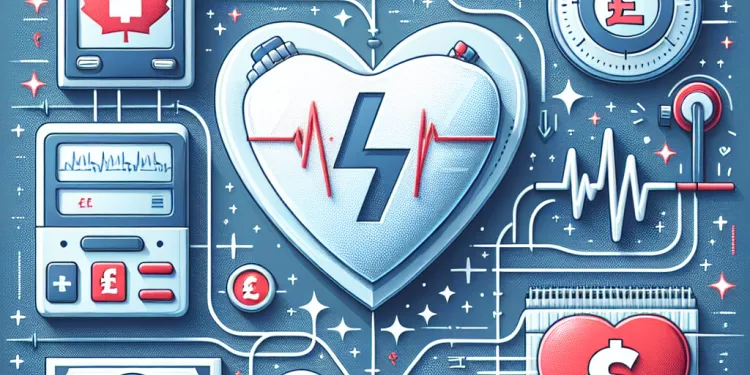
How does a defibrillator work?
Relevance: 91%
-
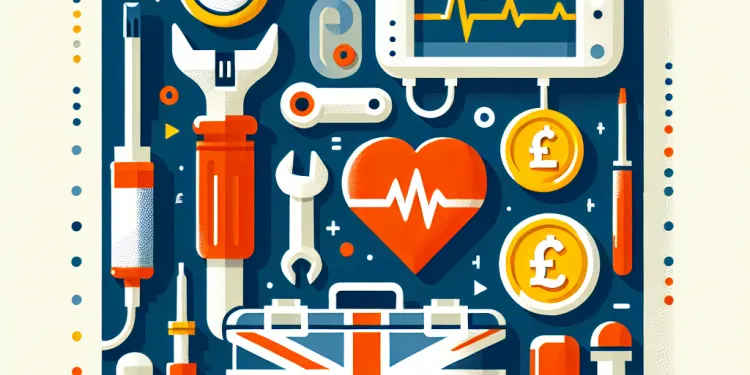
What maintenance do defibrillators require?
Relevance: 91%
-

What are the different types of defibrillators?
Relevance: 91%
-

Who can use a defibrillator?
Relevance: 90%
-
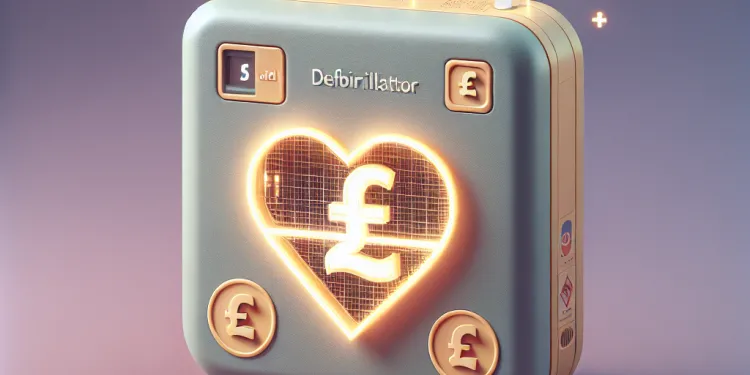
Can defibrillators be used on children?
Relevance: 89%
-

Can a defibrillator restart a stopped heart?
Relevance: 89%
-

How long do defibrillator batteries last?
Relevance: 88%
-

How do you know if a defibrillator is required?
Relevance: 88%
-
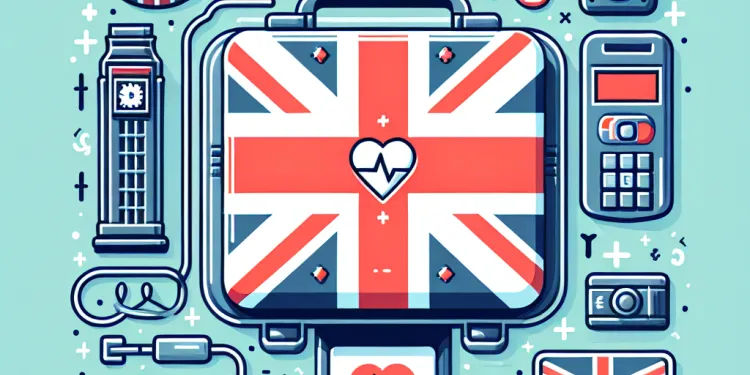
Do defibrillators have any side effects?
Relevance: 87%
-
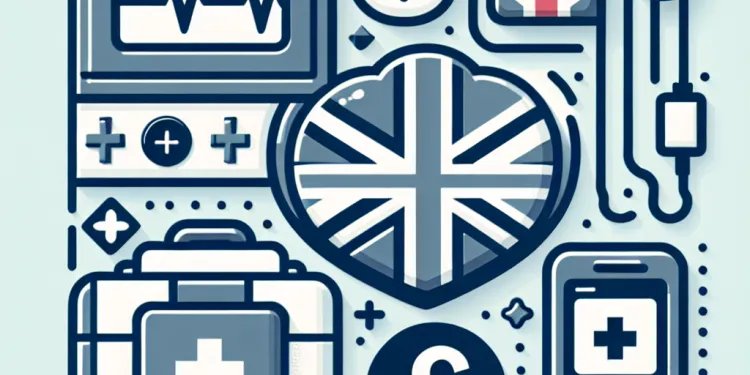
What should you do if a defibrillator is needed?
Relevance: 86%
-
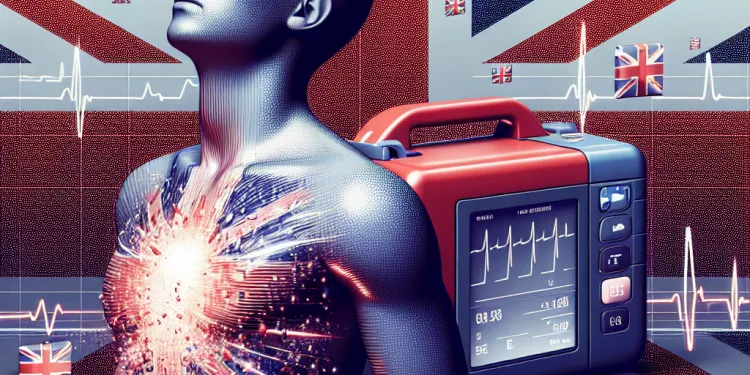
Can you use a defibrillator on a wet person?
Relevance: 85%
-
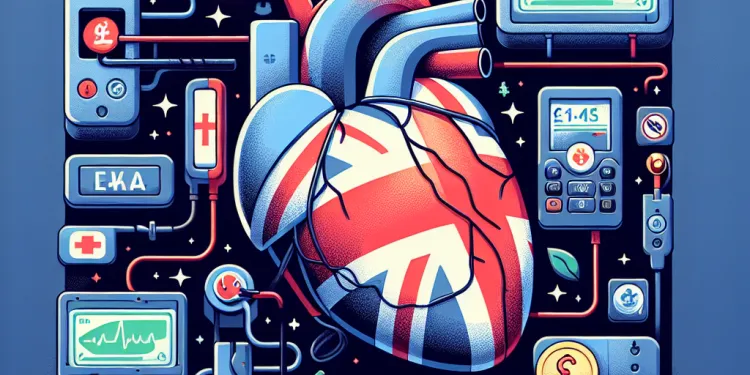
Why are defibrillators important?
Relevance: 69%
-

Is it safe to use a defibrillator on someone with a pacemaker?
Relevance: 62%
-
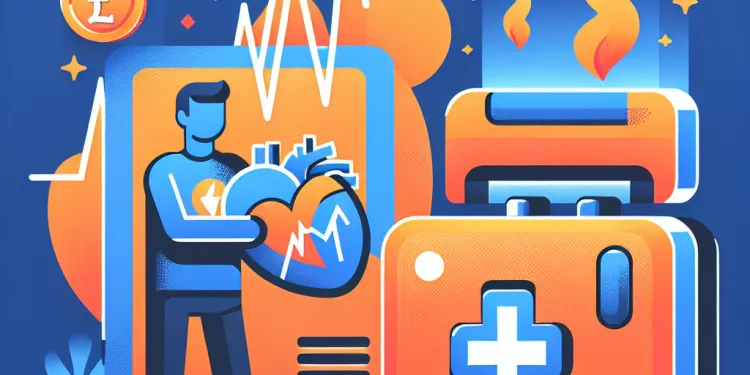
What is a Defibrallator?
Relevance: 51%
-
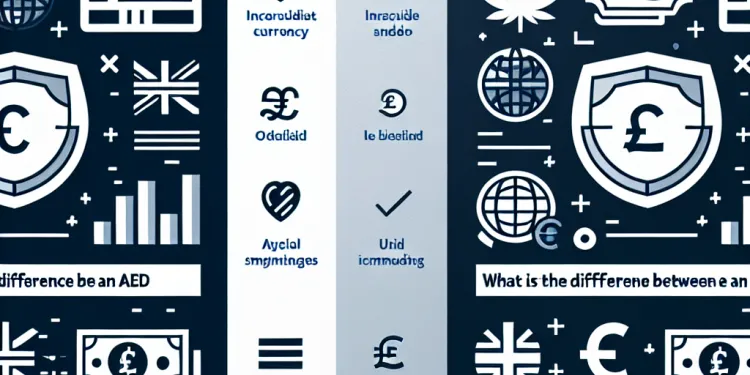
What is the difference between an AED and an ICD?
Relevance: 31%
-

What is an AED?
Relevance: 28%
-

Is training required to use an AED?
Relevance: 23%
-
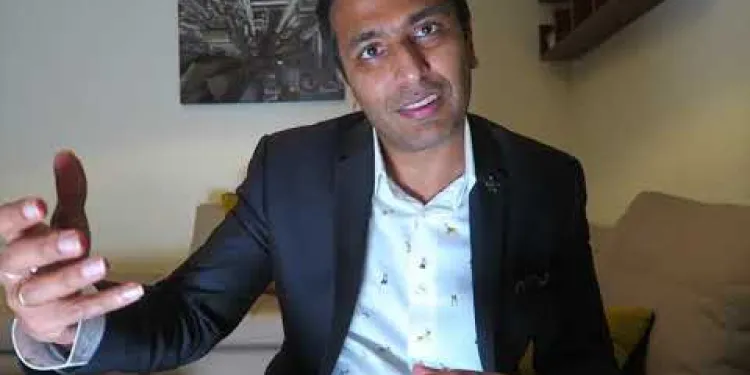
Is my abnormal heart rhythm dangerous?
Relevance: 19%
-

Where can AEDs typically be found?
Relevance: 17%
-
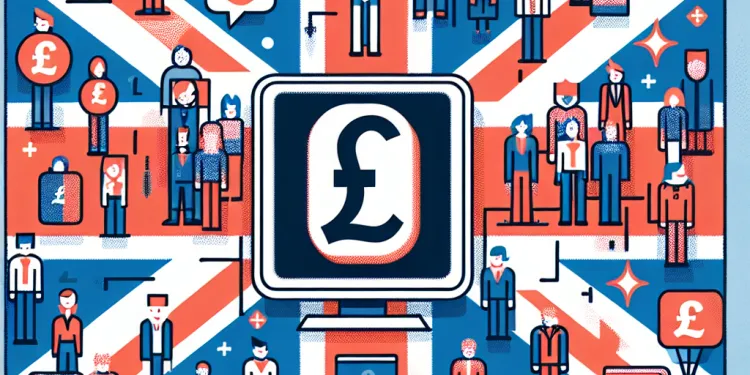
Can I learn first aid as a group?
Relevance: 13%
-
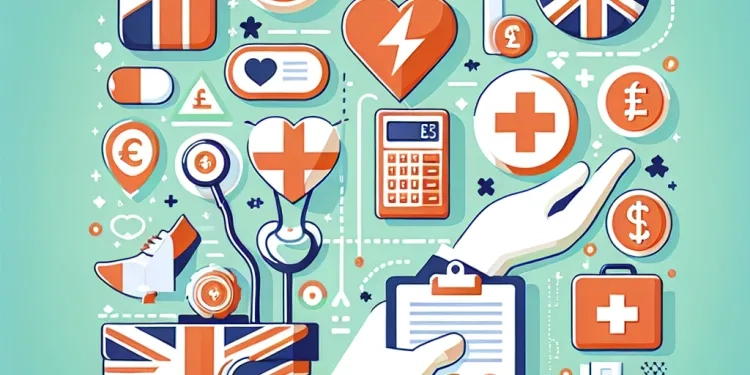
What is the best first aid certification to obtain?
Relevance: 12%
-
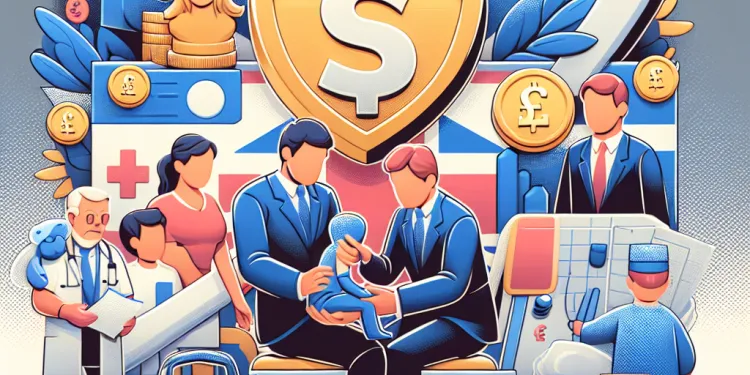
What age is appropriate to start learning first aid?
Relevance: 12%
-
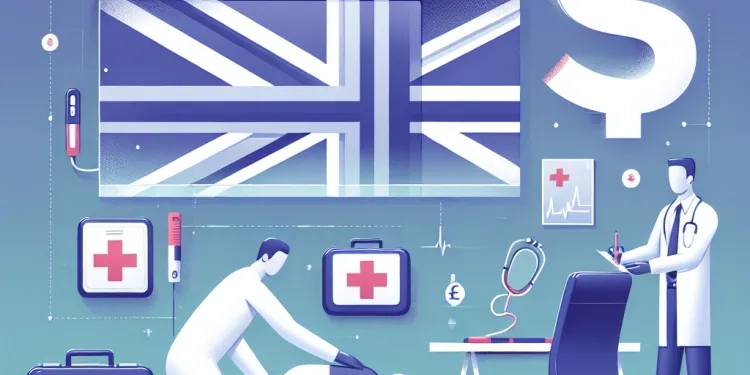
Can I take first aid courses in person?
Relevance: 12%
-
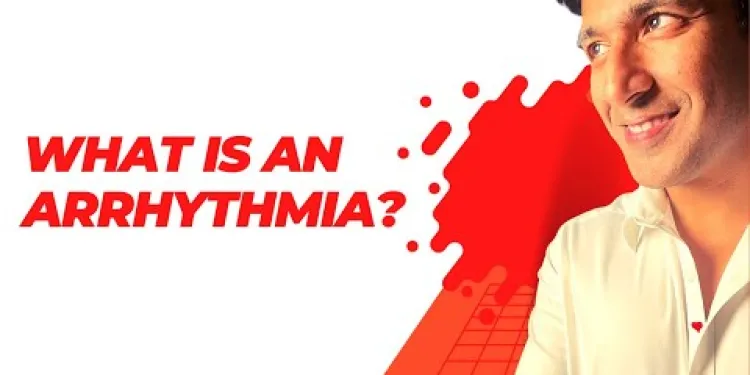
What exactly is an arrhythmia?
Relevance: 7%
-

Heart Failure : When the heart becomes stiff?
Relevance: 6%
-
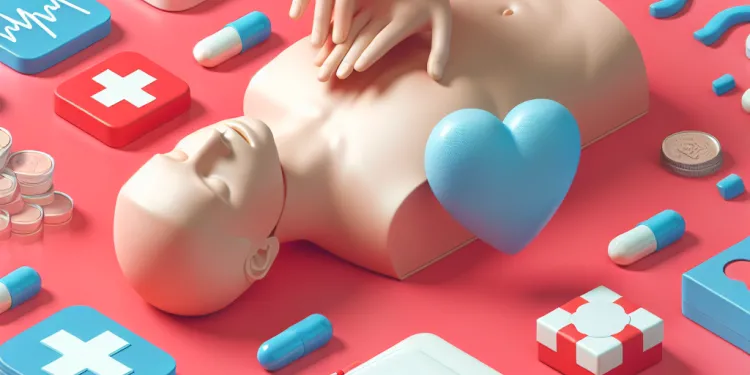
How important is it to learn CPR along with first aid?
Relevance: 6%
-
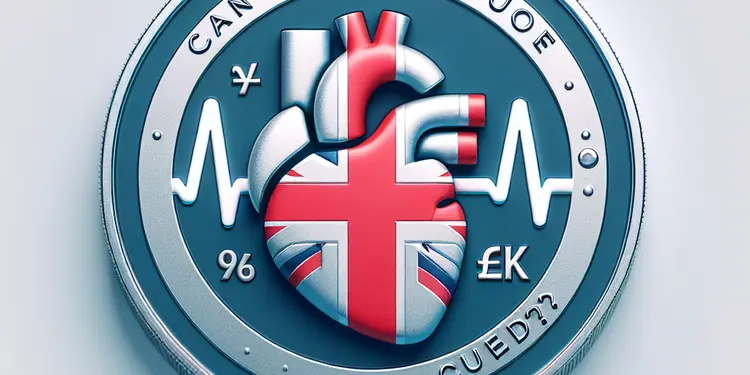
Can heart failure be cured?
Relevance: 6%
Understanding the Need for a Defibrillator
In the UK, sudden cardiac arrest is a serious medical emergency where the heart suddenly stops pumping blood around the body. The immediate use of a defibrillator can be life-saving. It's crucial to know what steps to take when someone experiences cardiac arrest. A defibrillator, or Automated External Defibrillator (AED), is a device that delivers an electric shock to the heart to allow it to re-establish an effective rhythm.
Steps to Follow When a Defibrillator is Needed
The first step when you suspect someone is experiencing cardiac arrest is to call 999 immediately. While waiting for emergency services, it's important to start cardiopulmonary resuscitation (CPR) without delay. CPR helps maintain vital blood flow to the heart and brain until a defibrillator is available or professional help arrives.
Locating a Defibrillator
Defibrillators are increasingly available in public places across the UK, including shopping centres, train stations, and airports. These are often marked with a green sign showing a heart with a lightning bolt. Ask bystanders if they know the location of the nearest defibrillator, or consult public access maps. Some locations may also have signs indicating the presence of a nearby device.
Using a Defibrillator Safely
Once a defibrillator is obtained, turn it on by pressing the power button. Most AEDs provide spoken instructions or visual cues that guide you through the process. Begin by exposing the person’s chest. Attach the adhesive electrode pads as illustrated on the pads or device. Ensure no one is touching the person when the AED analyzes the heart rhythm. Follow the machine’s instructions; it will either advise a shock or prompt you to continue CPR.
Aftercare and Professional Help
Continue following the AED’s instructions and perform CPR until emergency services arrive. It's important not to remove the defibrillator pads unless told otherwise by a healthcare professional. If the individual regains consciousness, provide reassurance and monitor them until paramedics take over. Professional medical help is essential, as further treatment will likely be required even if the defibrillator appears to have restarted the heart.
Being Prepared to Assist
Understanding how to use a defibrillator and perform CPR can significantly increase the survival chances of someone experiencing cardiac arrest. Consider taking a first aid course to become more comfortable with these lifesaving techniques. The UK Resuscitation Council and St John Ambulance provide courses and materials to help you learn these valuable skills.
Why We Need a Defibrillator
In the UK, if someone suddenly collapses and their heart stops, it is very serious. This is called sudden cardiac arrest. A defibrillator can save their life. It is important to know what to do if this happens. A defibrillator, or AED, is a machine that gives an electric shock to the heart. This helps the heart start working again.
What to Do When Someone Needs a Defibrillator
If you think someone is having a cardiac arrest, call 999 straight away. While waiting for help, do CPR. Push hard and fast on the chest. This helps keep blood going to the heart and brain. Do not stop until an ambulance or defibrillator arrives.
Finding a Defibrillator
You can find defibrillators in many public places, like shopping centres or train stations. Look for a green sign with a heart and lightning bolt. Ask people around you where the nearest one is, or check maps that show public defibrillators. Some places have signs showing where to find them.
How to Use a Defibrillator
When you get a defibrillator, turn it on by pressing the power button. Most defibrillators talk to you or show you pictures to help you use them. First, open the person’s shirt. Then, stick the pads on their chest, like the pictures show. Make sure no one is touching the person when the machine checks the heart. Follow what it says. It might tell you to give a shock or to keep doing CPR.
What to Do After Using a Defibrillator
Keep following the defibrillator’s instructions. Keep doing CPR until help arrives. Do not take off the pads unless a doctor or paramedic says so. If the person wakes up, talk to them and stay with them until the ambulance comes. They will still need to see a doctor, even if they feel better.
Being Ready to Help
Knowing how to use a defibrillator and do CPR can help save lives. You might want to take a first aid class to get better at this. The UK Resuscitation Council and St John Ambulance have classes and information to help you learn.
Frequently Asked Questions
What is a defibrillator used for?
A defibrillator is used to restart or normalize the heart rhythm of someone experiencing sudden cardiac arrest by delivering an electric shock.
Who can use a defibrillator?
Automated External Defibrillators (AEDs) are designed to be used by laypersons with minimal training. However, training can improve confidence and readiness.
Where can I find a defibrillator?
Defibrillators are often located in public places such as airports, schools, offices, and fitness centers. Look for a sign with a heart and a lightning bolt.
What should I do before using a defibrillator?
Check the scene for safety, confirm the victim is unresponsive and not breathing, call emergency services, and begin CPR if necessary.
How do I use an AED?
Turn on the AED, follow the audio and visual prompts, attach the electrode pads to the victim's bare chest as shown in the diagrams, and ensure no one is touching the person when delivering a shock.
How do I ensure safety when using a defibrillator?
Make sure no one is touching the victim when the AED analyzes the heart rhythm or delivers a shock, and follow the device prompts strictly.
Can a defibrillator be used on children?
Yes, many AEDs have pediatric pads or settings for children. If such options are unavailable, use standard AED pads adjusted for smaller body size.
What if the defibrillator pads won't stick?
Ensure the skin is dry and free of excessive hair in the area where pads need to be placed. Use a razor to shave excess hair if provided with the kit.
What should I do if the victim begins breathing normally after using the AED?
If the victim starts breathing on their own, place them in the recovery position, monitor their condition, and wait for emergency services.
Should CPR be continued after using an AED?
Yes, continue CPR after delivering a shock or if the AED advises no shock, until emergency medical personnel arrive or the person shows signs of life.
Is it necessary to remove jewelry before using an AED?
No, it is not necessary to remove jewelry, but ensure the AED pads don't directly cover or contact metal items.
Can you use a defibrillator if the person is wet?
Dry the person’s chest as much as possible before applying the pads to ensure effective conduction of the shock.
Do defibrillators require regular maintenance?
Yes, AEDs should be regularly checked for battery life and condition of electrode pads as specified by the manufacturer.
Are there legal protections for using an AED?
Many areas have Good Samaritan laws that protect bystanders who aid in emergencies, including using an AED, from legal liability.
What are the age and weight considerations for using pediatric AED pads?
Pediatric AED pads are generally recommended for children under 8 years old or under 55 pounds. Adult pads can be used if pediatric ones are not available.
What should I do if no AED is available?
Begin CPR immediately and continue until AED arrives or EMS takes over. CPR maintains blood flow to vital organs until defibrillation can be performed.
Does the person need to be lying on a flat surface to use an AED?
Yes, ideally the person should be on a flat, firm surface to ensure effective CPR and AED use.
Can an AED be used on someone with a pacemaker?
Yes, but place the pad at least one inch away from the pacemaker device to avoid interference.
What is the importance of early defibrillation?
Early defibrillation is critical because it significantly increases the survival rate by restoring a normal heart rhythm quickly after cardiac arrest.
Do I need to remove clothing to use a defibrillator?
Yes, remove clothing to expose the chest so that pads can be correctly placed on bare skin.
What is a defibrillator used for?
A defibrillator is a machine. It is used to help someone whose heart has stopped or is beating wrong.
When you use a defibrillator, it gives a strong electric shock to the heart. This can help the heart start working again.
If someone falls down and is not awake, you can use a defibrillator. Always call for help, like dialing emergency services, before using it.
There are instructions with the defibrillator to show you what to do. It often talks and shows pictures to help you.
Remember, only use it if you need to. Getting help from an adult is important.
A defibrillator is a machine that helps when someone's heart stops or beats the wrong way. It does this by giving the heart an electric shock to try and make it beat normally again.
Who can use a defibrillator?
Anyone can use a defibrillator. It is a machine that helps when a person's heart stops beating. The machine gives simple instructions to help you. You can watch videos or practice with a dummy to learn how to use it better.
If you need help, you can call 911 (or the emergency number in your area). They can talk to you and guide you.
Automated External Defibrillators (AEDs) are machines that help when someone's heart stops. You don't need a lot of training to use them, but learning how they work can help you feel more ready and sure of yourself.
Where can I find a heart machine?
You can use a heart machine to help someone whose heart has stopped.
Here are some tips to find a heart machine:
- Look in big shops or shopping centers.
- Check in train or bus stations.
- Find in school, sports centers, or gyms.
A heart machine is often in a special box on the wall and has a heart sign on it.
If you are unsure, ask someone for help or call emergency services.
Defibrillators are machines that can help someone who needs it. You can find them in many places like airports, schools, offices, and gyms. Look for a sign with a heart and a lightning bolt.
What to Do Before Using a Defibrillator
Here are some steps to follow before you use a defibrillator:
- Call for help or ask someone to call 911.
- Make sure the person is on a flat and dry surface.
- Tell people to stand back.
- If you know CPR, start doing it until help arrives.
- Remove any metal jewelry the person is wearing.
It's okay if you feel worried. Just try your best.
You can watch videos online about how to use a defibrillator. Practicing with a fake defibrillator can also help you feel ready and calm.
1. Look around to make sure it is safe.
2. Check if the person is awake. Are they breathing?
3. Call for help. Dial emergency services.
4. Start CPR if the person is not breathing.
You can use tools like phone apps or videos to learn about CPR.
How do I use an AED?
An AED is a machine that helps someone if their heart stops. Here is how you can use it:
- Turn on the AED. There is a button to press.
- Listen to the machine. It will tell you what to do.
- Put the sticky pads on the person's chest. The pictures on the pads show you where they go.
- Make sure nobody is touching the person. The AED will check the heart.
- If the AED says to, press the shock button.
Ask for help if you need it. You can also call 911 or get someone else to call.
Turn on the AED machine. Listen to what it says and watch the pictures it shows. Put the sticky pads on the person's bare chest, just like the pictures show you. Make sure no one is touching the person when you press the button to give a shock.
How can I be safe when using a defibrillator?
When the AED checks the heart or gives a shock, make sure no one is touching the person. Follow the AED instructions carefully.
Can you use a defibrillator on children?
A defibrillator is a machine. It helps when someone's heart stops. You can use it on children. But make sure to use special child pads if the child is very small. Always call for help from an adult or a doctor first.
Try these things to help:
- Ask an adult to help you.
- Call an ambulance or 911.
- Look for special child pads on the defibrillator.
Yes, many AED machines have special pads or settings for children. If you don't have these, you can use the regular pads and adjust them for a smaller child.
What to do if the defibrillator pads don't stick?
If the sticky pads from the defibrillator won't stay on, try to press them down gently.
Make sure the person's chest is clean and dry. Wipe any sweat or water away.
If the pads still won't stick, use another set of pads if you have them.
Ask someone for help if you are not sure what to do.
Always call emergency services for more support if needed.
Make sure the skin is dry. The skin should not be wet.
If there is too much hair where you need to put the pads, shave it off. Use a razor if you have one in the kit.
What to do if the person starts breathing again after using the AED?
If the person starts to breathe normally:
- Stop using the AED.
- Make sure the person is comfortable.
- Put them in the recovery position (lie them on their side).
- Stay with them until help arrives.
- Watch their breathing.
- If they stop breathing again, use the AED and start CPR.
Helpful tool: Use a timer to check their breathing every minute.
If the person starts breathing again, help them lie on their side. Keep an eye on them and wait for help to arrive.
What to Do After Using an AED?
When you use an AED, keep doing CPR too. CPR helps the heart start again. AED shocks the heart, CPR keeps blood moving. Use them together for best help.
If you're learning, try watching videos on CPR and AED. Ask a grown-up to help you practice. You can use a doll to practice CPR.
Yes, keep doing CPR after giving a shock with the AED, or if the AED says no shock is needed. Do this until help arrives or the person starts to wake up or move.
Do I need to take off jewelry before using an AED?
You don't have to take off jewelry. Just make sure the AED pads don't touch or cover any metal parts.
Can you use a defibrillator if the person is wet?
If someone needs help and is wet, can you use a machine to help their heart? This machine is called a defibrillator.
Here's what you can do to help:
- Move the person to a dry place if you can.
- Dry the person’s chest before using the defibrillator.
You can also ask someone nearby for help or call emergency services for advice.
Before you put the pads on, make sure the person's chest is dry. This helps the shock work better.
Do defibrillators need to be checked often?
Defibrillators are machines that help when someone’s heart stops beating properly. They need to be checked to make sure they work right. Just like a toy or tool that you check to see if it is broken or needs new batteries, defibrillators also need to be looked at regularly. This is called maintenance.
Here are some tips to remember:
- Check the batteries and pads. Make sure they are not old and are ready to use.
- Keep the defibrillator in a safe and easy-to-find place.
- Use a reminder or ask someone to help you remember to check it.
Yes, you should check AEDs often. Make sure the battery is working and the electrode pads are still good. Follow the instructions from the maker.
Is it safe to use an AED legally?
In many places, there are rules called Good Samaritan laws. These rules help people who want to help in emergencies. If someone uses an AED (a machine that helps the heart) to save someone, these laws make sure they don't get in trouble.
When can kids use special AED pads?
There are special pads for kids called pediatric AED pads.
Use these pads for kids who are 1 to 8 years old.
These pads are for kids who weigh less than 55 pounds (25 kg).
If a kid is older or heavier, use regular AED pads.
Pediatric AED pads are for kids who are 8 years old or younger, or who weigh less than 55 pounds. If you don’t have pediatric pads, you can use adult ones.
What can I do if there is no AED?
If there is no AED (a machine that helps when someone's heart stops), do these things:
- Call 911 or ask someone else to call for help.
- Start CPR (press hard on the person's chest and then let go).
- Keep doing CPR until help arrives.
If you need help, use a phone app or watch a video about how to do CPR. These can show you what to do.
Start CPR right away and keep doing it until help arrives. CPR helps keep the blood moving to important parts of the body until a special machine can be used.
Do you have to lie down flat to use an AED?
Yes, it is best if the person is on a flat, hard surface. This helps CPR and the AED work better.
Can you use an AED on someone with a pacemaker?
An AED is a machine that helps someone if their heart stops. A pacemaker is a small device in the chest that helps the heart beat correctly.
You can use an AED on someone who has a pacemaker. Just make sure not to put the sticky pads right over the pacemaker. The pacemaker makes a little bump under the skin, near the person's shoulder. Put the pads a bit away from the bump.
If you need help, you can ask someone nearby or call emergency services. There might also be a picture with instructions on the AED machine to guide you.
Yes, but make sure the pad is at least one inch away from the pacemaker. This helps to keep it safe.
Why is using a defibrillator quickly important?
A defibrillator is a special machine. It helps when someone's heart stops working.
Using a defibrillator fast can save a life. It helps the heart start working again. Every minute counts!
If you see someone who needs help, call for emergency help right away. Use a defibrillator if you know how.
Practicing and learning how to use a defibrillator can be very helpful.
You can watch videos or take a class to learn more.
Using a defibrillator quickly is very important. It helps save lives because it fixes the heart when it stops properly. This gives people a much better chance to get better.
Do I need to take off clothes to use a defibrillator?
Yes, you need to take off clothes to use a defibrillator. This helps the defibrillator work properly.
Here are some tips to help:
- Ask someone to help you if you need it.
- You can use scissors if you need to cut clothes.
- Make sure the skin is dry before you use the defibrillator.
If you are unsure, ask an adult for help.
Yes, take off clothes to show the chest. This way, you can put the pads on bare skin.
Useful Links
- Ergsy carfully checks the information in the videos we provide here.
- Videos shown by Youtube after a video has completed, have NOT been reviewed by ERGSY.
- To view, click the arrow in centre of video.
- Most of the videos you find here will have subtitles and/or closed captions available.
- You may need to turn these on, and choose your preferred language.
- Go to the video you'd like to watch.
- If closed captions (CC) are available, settings will be visible on the bottom right of the video player.
- To turn on Captions, click settings .
- To turn off Captions, click settings again.
More Items From Ergsy search
-

What is a defibrillator?
Relevance: 100%
-

How effective are defibrillators?
Relevance: 95%
-

What is the role of a defibrillator in CPR?
Relevance: 92%
-

How does a defibrillator work?
Relevance: 91%
-

What maintenance do defibrillators require?
Relevance: 91%
-

What are the different types of defibrillators?
Relevance: 91%
-

Who can use a defibrillator?
Relevance: 90%
-

Can defibrillators be used on children?
Relevance: 89%
-

Can a defibrillator restart a stopped heart?
Relevance: 89%
-

How long do defibrillator batteries last?
Relevance: 88%
-

How do you know if a defibrillator is required?
Relevance: 88%
-

Do defibrillators have any side effects?
Relevance: 87%
-

What should you do if a defibrillator is needed?
Relevance: 86%
-

Can you use a defibrillator on a wet person?
Relevance: 85%
-

Why are defibrillators important?
Relevance: 69%
-

Is it safe to use a defibrillator on someone with a pacemaker?
Relevance: 62%
-

What is a Defibrallator?
Relevance: 51%
-

What is the difference between an AED and an ICD?
Relevance: 31%
-

What is an AED?
Relevance: 28%
-

Is training required to use an AED?
Relevance: 23%
-

Is my abnormal heart rhythm dangerous?
Relevance: 19%
-

Where can AEDs typically be found?
Relevance: 17%
-

Can I learn first aid as a group?
Relevance: 13%
-

What is the best first aid certification to obtain?
Relevance: 12%
-

What age is appropriate to start learning first aid?
Relevance: 12%
-

Can I take first aid courses in person?
Relevance: 12%
-

What exactly is an arrhythmia?
Relevance: 7%
-

Heart Failure : When the heart becomes stiff?
Relevance: 6%
-

How important is it to learn CPR along with first aid?
Relevance: 6%
-

Can heart failure be cured?
Relevance: 6%